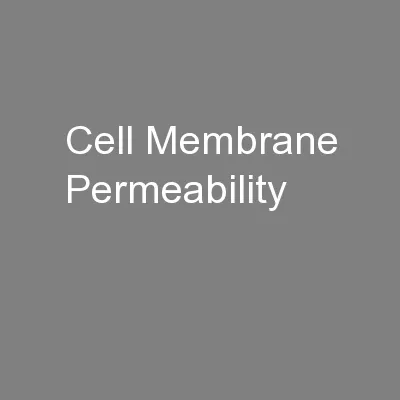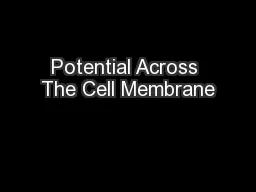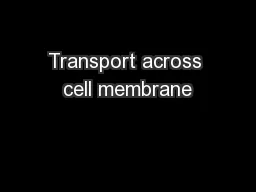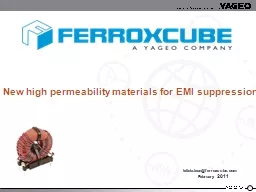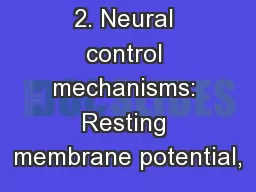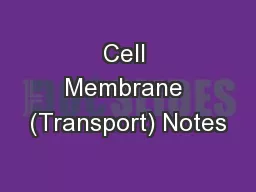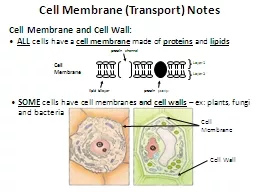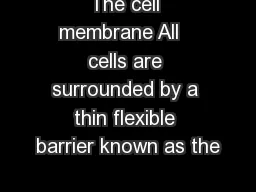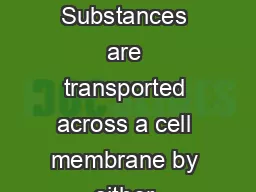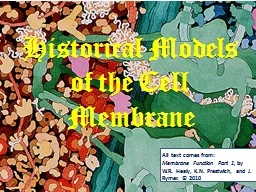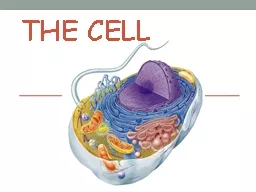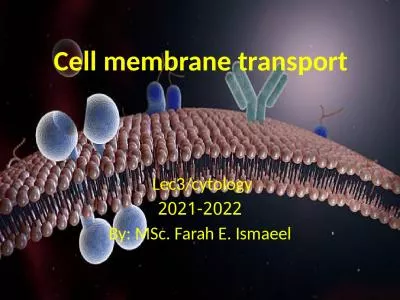PPT-Cell Membrane Permeability
Author : trish-goza | Published Date : 2016-11-07
Group 2 Cell Development Gladys Alexandre Cristina Calestani John Koontz Silvia Moreno Brian Ring William Said Context Principles of Biology I BIOL 1107 gt250 students
Presentation Embed Code
Download Presentation
Download Presentation The PPT/PDF document "Cell Membrane Permeability" is the property of its rightful owner. Permission is granted to download and print the materials on this website for personal, non-commercial use only, and to display it on your personal computer provided you do not modify the materials and that you retain all copyright notices contained in the materials. By downloading content from our website, you accept the terms of this agreement.
Cell Membrane Permeability: Transcript
Download Rules Of Document
"Cell Membrane Permeability"The content belongs to its owner. You may download and print it for personal use, without modification, and keep all copyright notices. By downloading, you agree to these terms.
Related Documents

